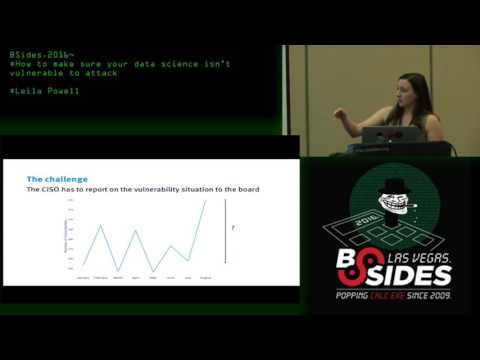Description:
Explore data science security principles and best practices in this 57-minute conference talk from BSidesLV 2016. Delve into data exploration preparation, algorithm application, and effective communication techniques. Learn how to establish strong foundations, implement proper naming conventions, and conduct thorough analysis. Discover methods for detecting new vulnerabilities, handling metadata, and addressing data quirks. Gain insights on balancing caveats with usability, understanding different data perspectives, and extracting actionable insights from vulnerability assets. Examine the importance of basic statistics, common pitfalls to avoid, and lessons learned in measuring risk. Enhance your ability to secure data science projects and communicate findings effectively across various infosec contexts.

How to Make Sure Your Data Science Isn't Vulnerable to Attack
Add to list
#Conference Talks
#Security BSides
#Mathematics
#Statistics & Probability
#Data Science
#Data Analysis
#Computer Science
#Machine Learning
#Algorithms
#Information Technology
#Data Management
#Metadata
#Data Exploration